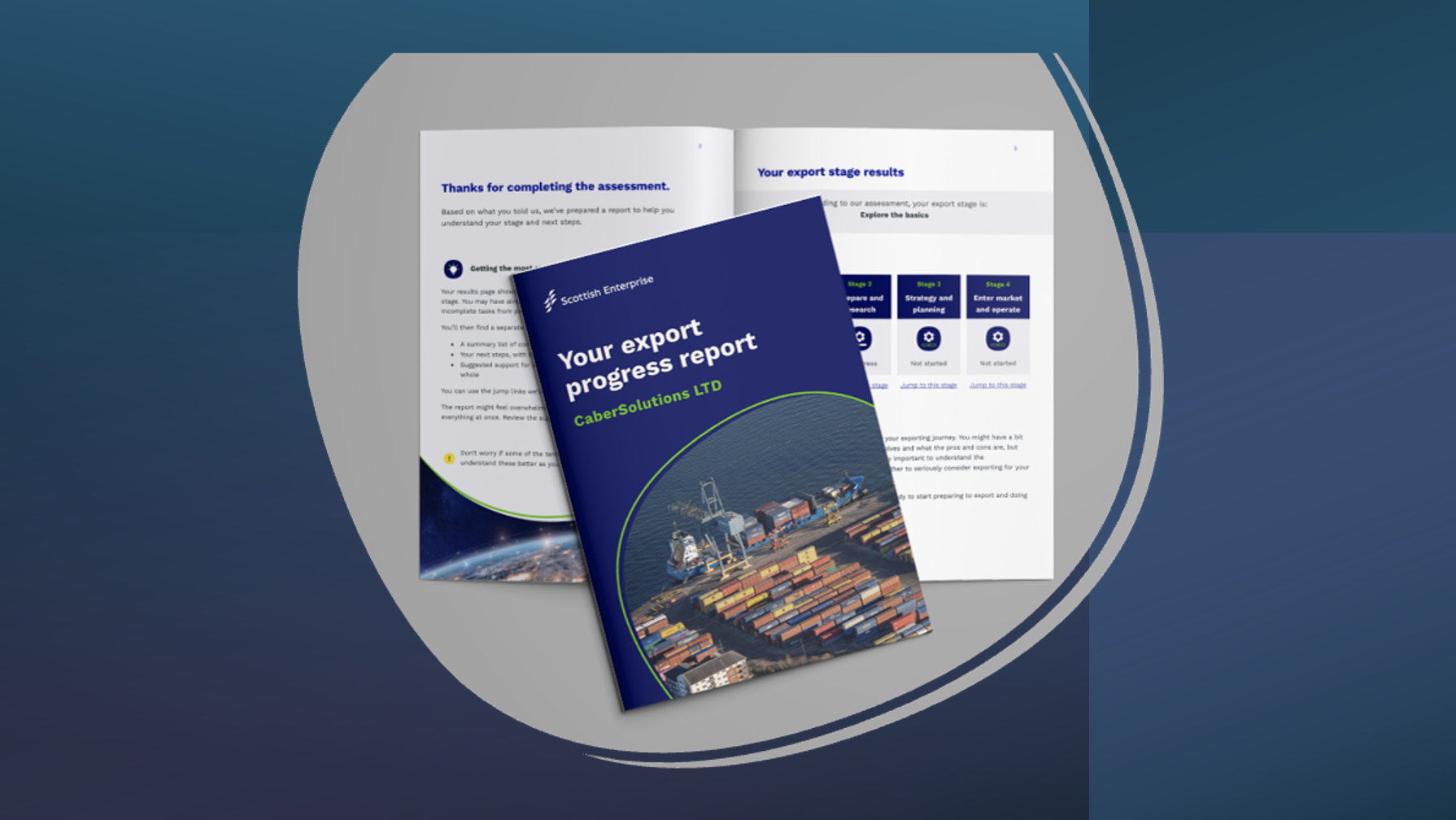I went to a Digital Banking conference and an AI event broke out!

The theme for June’s American Banker’s Digital Banking Summit was “Welcome to the Bank of the Future” – and in this case the “future” is artificial intelligence. Specifically, Generative AI (Gen AI) and how it can enhance aspects of various banking operations. One CIO keynote declared “The strategic risk of not using Gen AI is higher than the operational risks of using it”.
While Gen AI itself does not directly create new banking business opportunities, it does have potential to accelerate improvements to customer experience, product development and operating practices that support keeping and attracting depositors. In short, Gen AI is potentially a much quicker means of adapting to disruptive challenges and to improving operational productivity.
Speakers highlighted use-cases of Gen AI deployed or in development within banking. For example:
- Customer Care/Support
- Help customer care reps resolve customer issues more accurately and quickly. Using real-time speech-to text combined with Gen AI models, relevant guidelines and documentation can be automatically retrieved and displayed on customer care rep screens.
- Fraud Claim Routing
- Poor execution in handling fraud claims motivates depositors to switch banks. Time is critical to contain costs and allay customer fear. Gen AI models can assess fraud types based on customer answers about the problem, then accurately route the case to departments with relevant fraud detection and resolution expertise.
- Near Real Time Product Matching
- Gen AI enabled near-real-time customer insights can promote bank product offers more likely to relate to stated customer needs. value and customer share of wallet.
- Faster, higher quality Underwriting
- Using Gen AI to overlay specific customer needs and preferences within the decisions process could improve responsiveness without taking on more risk, thus winning more worthy loans from competitors.
Blockers to Gen AI adoption in banking:
- Gen AI Skill gaps. Huge money center banks have sizable technology teams. Smaller banks don’t.
- Data quality and accuracy for LLM development. The axiom Garbage In, Garbage Out holds true, and banks are particularly sensitive to erroneous results from AI models.
- In the fraud use case, concerns are that false flags could erode customer loyalty. While customers value alerts pertaining to potential fraud, they do not want overly sensitive AI models freezing them out of their bank accounts.
- Avoiding bias within the LLMs that could result in a negative customer experience for some customers and expose banks to other liabilities.
Aside from AI, the conference underscored common pain points facing traditional bankers in the highly competitive, dynamic US market:
- Customer attraction, retention and deposit growth – With over 10,000 banks and credit unions, customers have so many to choose from; how can banks differentiate and drive loyalty?
- Fraud – Cost of fraud is increasing 25% per year, with half of all banks reporting zero to moderate confidence that they can keep pace with current and emerging threats – all which impact customer satisfaction.
- Managing transformation to enhance value, retention, and attracting younger depositors – The balancing act of building new user experience and functionality to retain/attract customers while maintaining decades old backend systems.
SDI works with Scottish fintechs and technology companies to support their international growth ambitions. If you are considering growth in the US market we would love to have a conversation.

Bob Fogarty, VP Business & Trade Development, SDI
Please contact:
- Bob Fogarty, Boston (robert.fogary@scotent.co.uk)
- John Fritz, Silicon Valley (john.fritz@scotent.co.uk)
- Anne Hilarion, Scotland (anne.hilarion@scotent.co.uk



